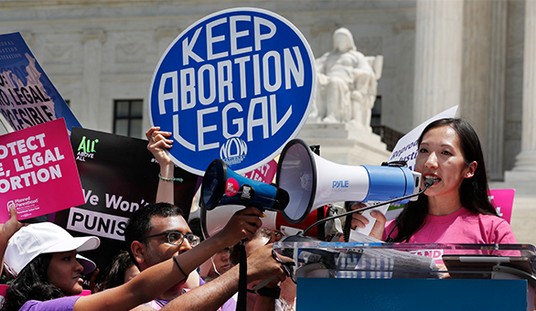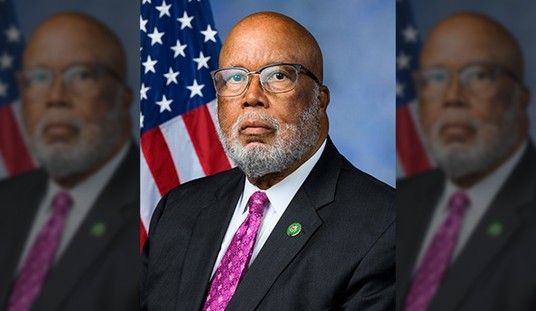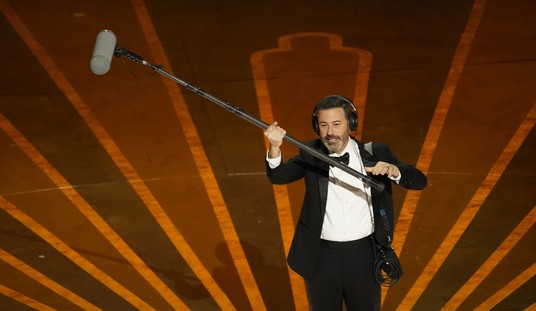From the Islamic terrorist attack on an Orlando, Florida, catering, so reports say, mainly to homosexuals, a garden industry has sprung up trying to convince the credulous that the Founding Fathers, the authors of the Second Amendment, could never have contemplated ownership of an AR-15 when writing the Constitution. The second part of the argument is that the Constitution did not contemplate the ownership of “weapons of war.”
Both arguments and superficial, shallow, and stupid.
Let’s visit the stupidest of the stupid. A guy named Christopher Ingraham, a Washington Post reporter, writes What ‘arms’ looked like when the 2nd Amendment was written. Before going further I want to make two observations. First, his contribution appears on the Washington Post feature called “Wonkblog.” Wonk, if you don’t know it, is a term that the left gives to young, failed male, liberal arts grads in order to make other people think they are smart. Ingraham’s qualifications to write about firearms and American history are immense. From his LinkedIn profile:
This is his argument:
Of course, semiautomatic firearms technology didn’t exist in any meaningful sense in the era of the founding fathers. They had something much different in mind when they drafted the Second Amendment. The typical firearms of the day were muskets and flintlock pistols. They could hold a single round at a time, and a skilled shooter could hope to get off three or possibly four rounds in a minute of firing. By all accounts they were not particularly accurate either.
…
But evolving technology does call for evolving regulation. And, in practice, the implementation of the Second Amendment has never been strictly “absolute.” Most gun owners accept that civilians typically can’t own fully automatic rifles or tanks or nuclear weapons. Our understanding of the “arms” of the Second Amendment has evolved over the years, subject to shifts in political and legal norms.
First, the Founders were one of the most amazing groups of men to ever inhabit the same geographical space at the same time. To say that they did not anticipate advances in firearms beyond the flintlock musket is simply ludicrous. In fact, during their lives weapons were beginning to improve markedly. During the American Revolution, a few hundred Ferguson rifles, a breechloading flintlock rifle, were used by the British Army and, it seems, some Loyalist North Carolina troops. The Founders, or at least George Washington who faced some Ferguson equipped troops at Brandywine, would have been aware of this advance over the musket.
Around 1779, well before the US Constitution was drafted, Bartholomäus Girardoni invented a very practical and very lethal air rifle that was used by selected units in the Austrian Army between 1780 and 1815. These weapons were known by the Founders and a Girondoni was among the equipment purchased from civilian sources by the Lewis and Clark Expedition. And just to be clear, the Girondonis were considered to be monstrous and unfair weapons. In the early part of the French Revolutionary Wars, the French army made any soldier captured with a Girondoni liable to summary execution.
The idea that no one anticipated rapid fire weapons at the time of the drafting of the Constitution is beyond silly. In fact, if we ignore the plain English of the Second Amendment and adopt the left’s idea of what constitutes a militia (hint to the left, Title X, US Code defines the militia of the United States as males aged 17-45), then clearly the Founders intended for private citizens to own the most advanced weaponry that was available.
So, no. The Founders were aware of advances in weapon design and did not wet themselves at the thought that citizens might possess them.
The second argument, Ingraham’s “fully automatic rifles or tanks or nuclear weapons,” is also specious.
As you move forward in history you find advanced weaponry first appearing on the commercial market and the military are late adapters. During the Civil War, troops bought repeating rifles at their own expense. Spencer and Sharps and Henry and Winchester repeating rifles were all available privately while the US Army used the rifled musket. At the Little Big Horn, Custer’s men were armed with the single-shot, breechloading “Trap Door” Springfield, the Indians with a mixture of repeating rifles. It wasn’t until 1894 that the US Army adopted a repeating rifle, the Krag-Jorgensen, which also gave us maybe the first song written in honor of a service rifle:
Underneath the starry flag, civilize ’em with a Krag,
And return us to our own beloved homes.
When the WW I Army demobilized, soldiers were allowed to take their M1903 Springfields home with them. These found use by both miners and ad hoc militias in the Mine Wars of the 1920s.
All of these actions show that for most of American history the arms owned by private citizens were or par with or superior to the weapons used by the US military and no one really cared. The clear inference is that the Founding Fathers would not only have not objected to citizens owning assault weapons but they would have encouraged it to ensure the citizen militia was not outgunned.
Sure, you say, but what about rocket lauchers and flame throwers and smallish nukes. No right thinking private citizen would want such things. The Founders clearly indicated that they did not object to civilian ownership of every conceivable weapon.
At the time of the ratification of the Bill or Rights possession of artillery by private citizens was commonplace. Shocked? Well, in the American Revolution and the War of 1812 the United States relied upon privateers for most of its sea power. Privateers were privately owned ships crewed by civilians who contracted with the US government and operating under a letter of marque and reprisal to raid the commerce of enemy nations, primarily Britain. The ships were not subject to military discipline or command and they sold their captures for profit. These ships, and indeed most merchant vessels of the time, carried several cannon. It would be a safe bet to say that at ratification there were more cannon in the hands of civilians than in the hands of the US government.
When Richard Gatling produced the eponymous Gatling Gun it was produced in a privately owned factory, not in a US Armory. They were also available for sale to private citizens. They were purchased by numerous railroad and mine owners as an insurance policy against strikes. (see Mr. Gatling’s Terrible Marvel)
Commercial aircraft of the pre-World War II era were often more capable that their military counterparts and could have been pressed into service with minor modifications.
The economics of modern weaponry has made the argument about buying missiles, etc., a silly one. Few, if any, private citizens can afford to plunk down $7 million for an M1 Abrams and have the income stream to keep it repaired and running. If someone did, even with the main gun still attached, I am at a loss to see how that presents an imminent danger to anyone. Even so, if George Soros or Warren Buffet want to buy a small fleet of F-35s rather than corrupting the United States with their left wing idiocy fueled by billions of dollars, I have no problem with it.
The idea that the government has the right to forbid you to own a specific type of weaponry is new, it is dangerous, and it is a trend that is foreign to the thinking of the Founders and traditions of the nation.















Join the conversation as a VIP Member